View
What links here
The First Mowers
The lawn mower was invented in 1830 by Edwin Beard Budding, an engineer from Stroud, Gloucestershire, England.
Budding-style mower.
He obtained the idea after seeing a machine in a local cloth mill which used a cutting cylinder (or bladed reel) mounted on a bench to trim cloth to make a smooth finish after weaving. Budding realised that a similar concept would enable the cutting of grass if the mechanism could be mounted in a wheeled frame to make the blades rotate close to the lawn's surface. He went into partnership with a local engineer, John Ferrabee, and together they made mowers in a factory at Stroud. Examples of the early Budding type mowers can be seen in Stroud Museum, the London Science Museum and at Milton Keynes Museum.
These early machines were all made of cast iron and featured a large rear roller with a cutting cylinder (reel) in the front. Cast iron gear wheels transmitted power from the rear roller to the cutting cylinder. Overall, these machines were remarkably similar to modern mowers.
Budding and Ferrabee were shrewd enough to allow other companies to build copies of their mower under licence, the most successful of these being Ransomes of Ipswich which began making mowers as early as 1832. The company has made mowers virtually continuously ever since, and is now the world's largest manufacturer of lawn care equipment.
Green's Silens Messor.
By the 1850s, Budding's early patents had lapsed and other companies were able to introduce their own machines. In the middle of the decade, Thomas Green and Son of Leeds introduced a mower called the Silens Messor (meaning silent cutter), which used chain to transmit power from the rear roller to the cutting cylinder. These machines were lighter and quieter than the gear driven machines that preceded them, although they were slightly more expensive. At roughly the same time, Alexander Shanks of Arbroath introduced its range of Caledonia mowers and Ransomes introduced the Automaton. All were available with either gear or chain drive, and grass collection boxes were an optional extra. All these models, in various sizes and with minor modification, were in production well into the 20th century.
Innovation
The next major innovation in lawn mower design was the introduction of the sidewheel machines. Although invented in England, these machines were popular in North America where grasses are often coarser than in Europe. They had cast iron wheels at each side which drove the cutting cylinder directly by means of ratchets inside the castings. They did not have a metal rear roller, and were very light and inexpensive to make, which made them very popular all over the world.
Motorised mowers appeared in the 1890s as lightweight petrol engines and small steam power units became available. Although steam mowers were the preferred choice for a few years, by 1900 petrol engined mowers were winning in the market. Ransomes, Sims and Jefferies introduced a petrol engined mower in 1902, and led the market until the First World War, although Shanks and Greens also made petrol engined machines during this period.
Green's New Royal.
The period immediately after World War One saw an unprecedented growth in lawn mower production. Technology had advanced, companies needed to find new markets for peace time products, and customers were moving to new suburban housing with small gardens.
Success
One of the most successful companies to emerge during this period was Atco, at that time a brand name of Charles H Pugh Ltd. The Atco motor mower, launched in 1921 was an immediate success. Just 900 of the 22in cut machines were made in 1921, each costing

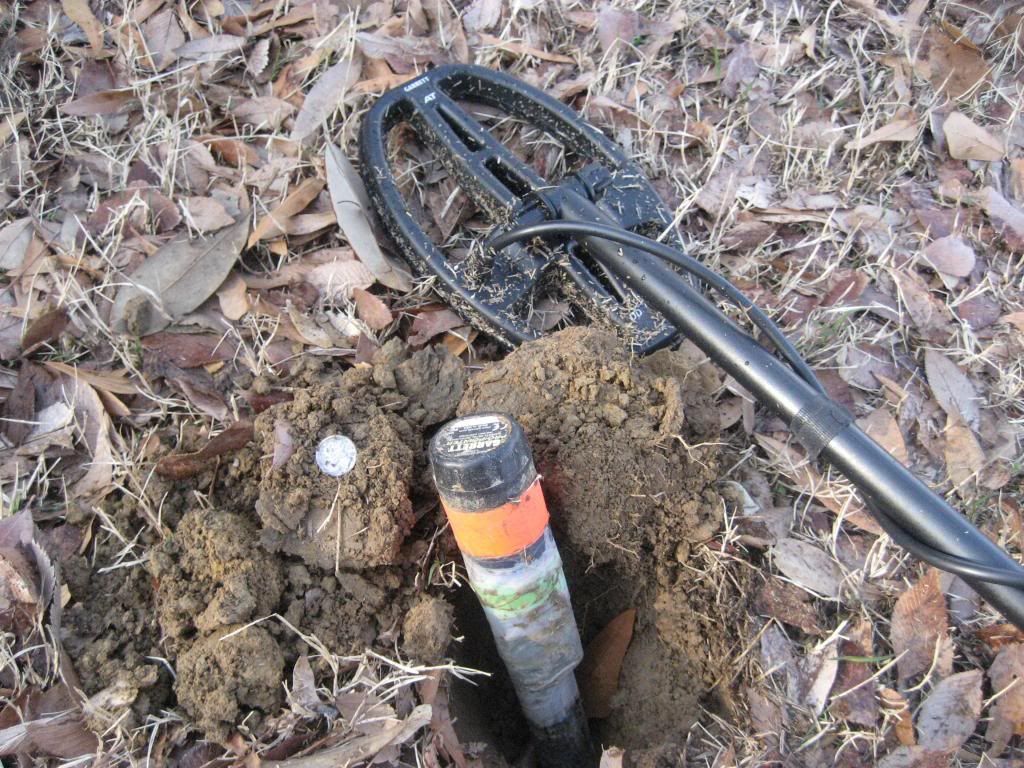
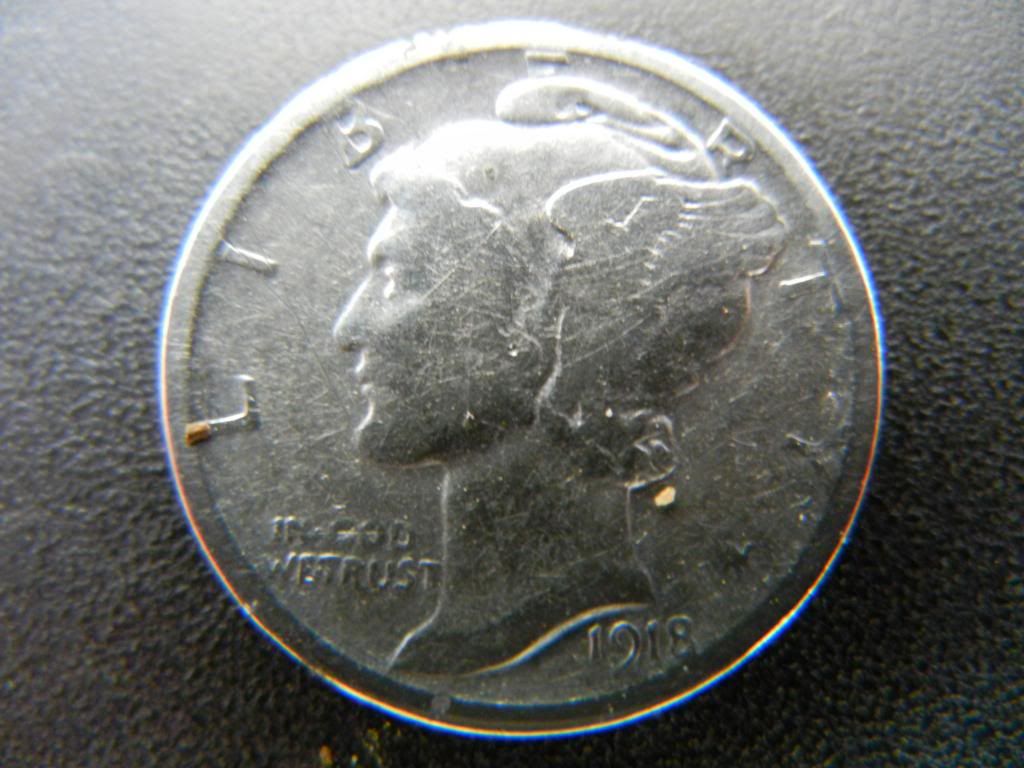
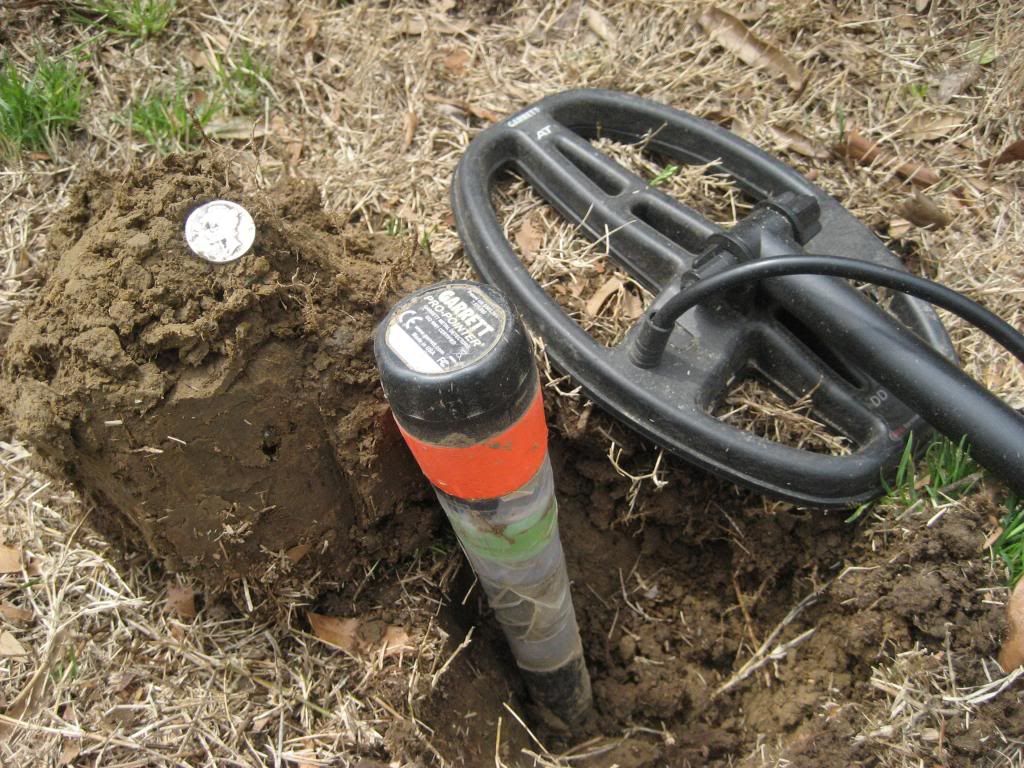
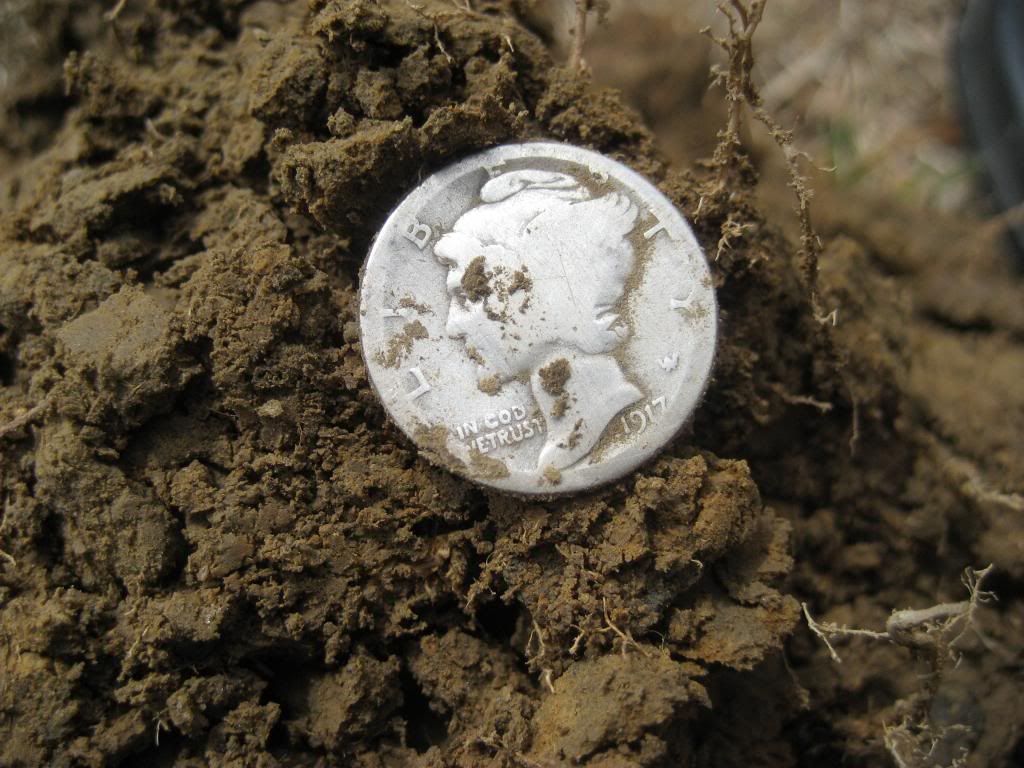

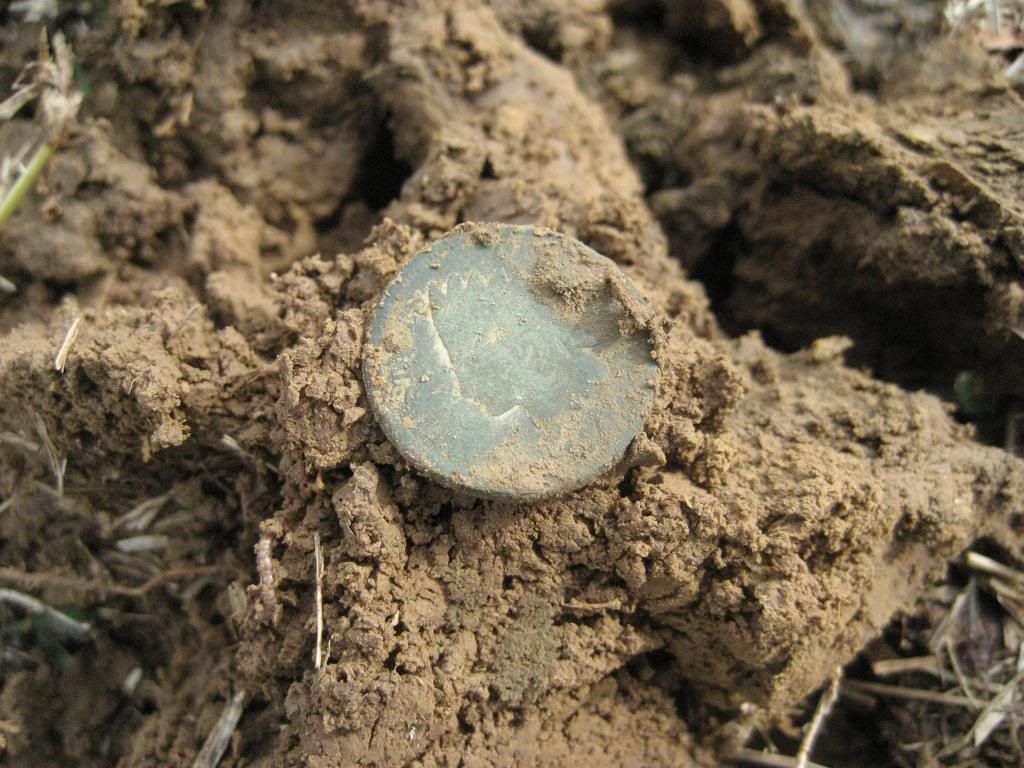
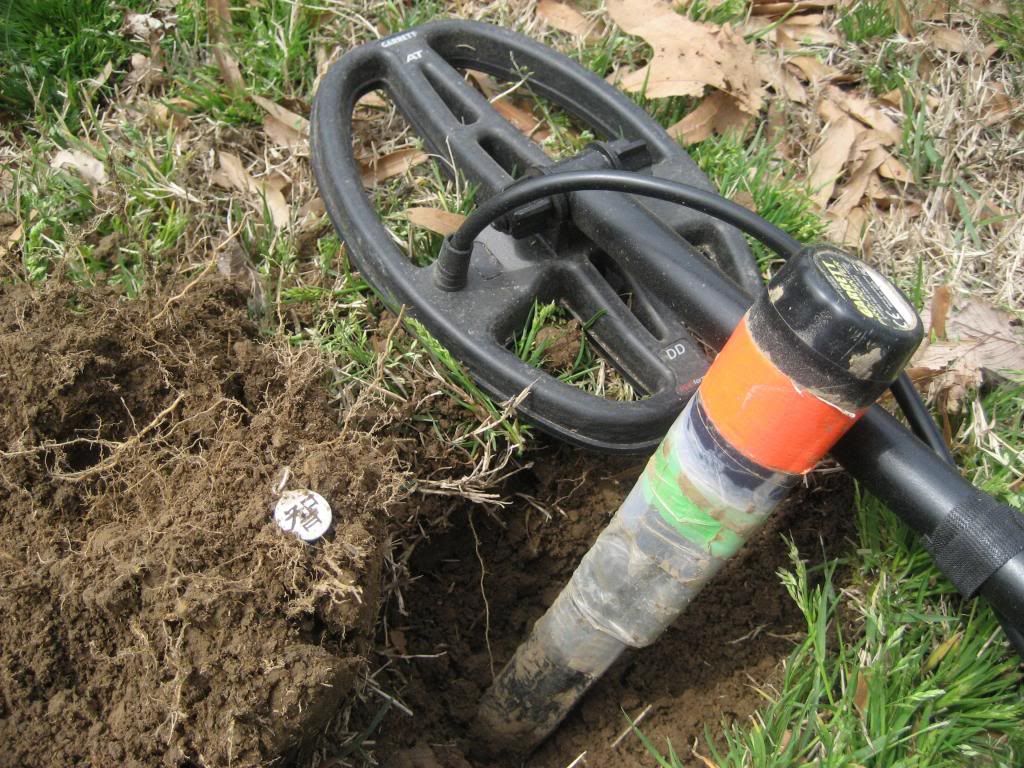
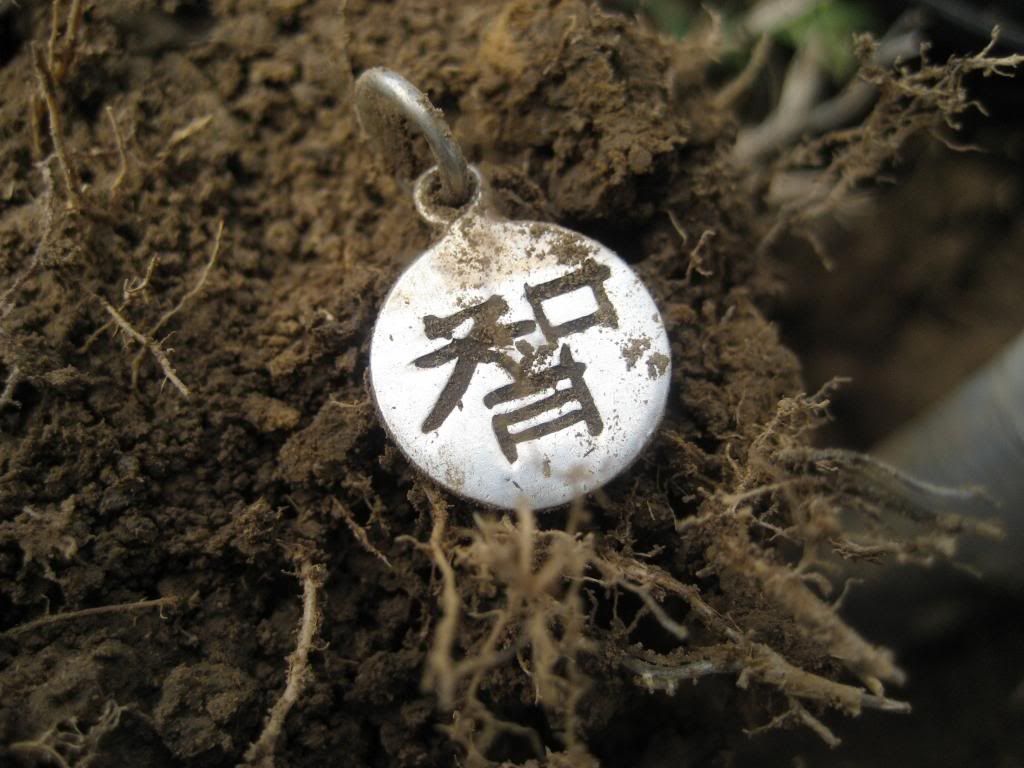
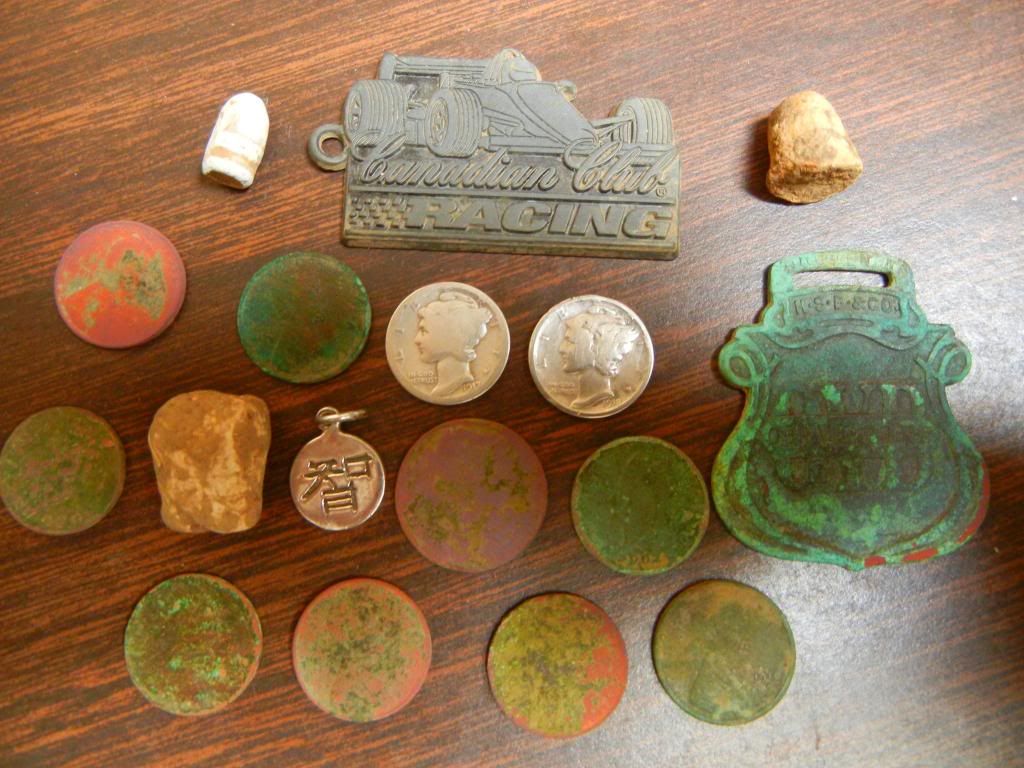















 HH jim tn
HH jim tn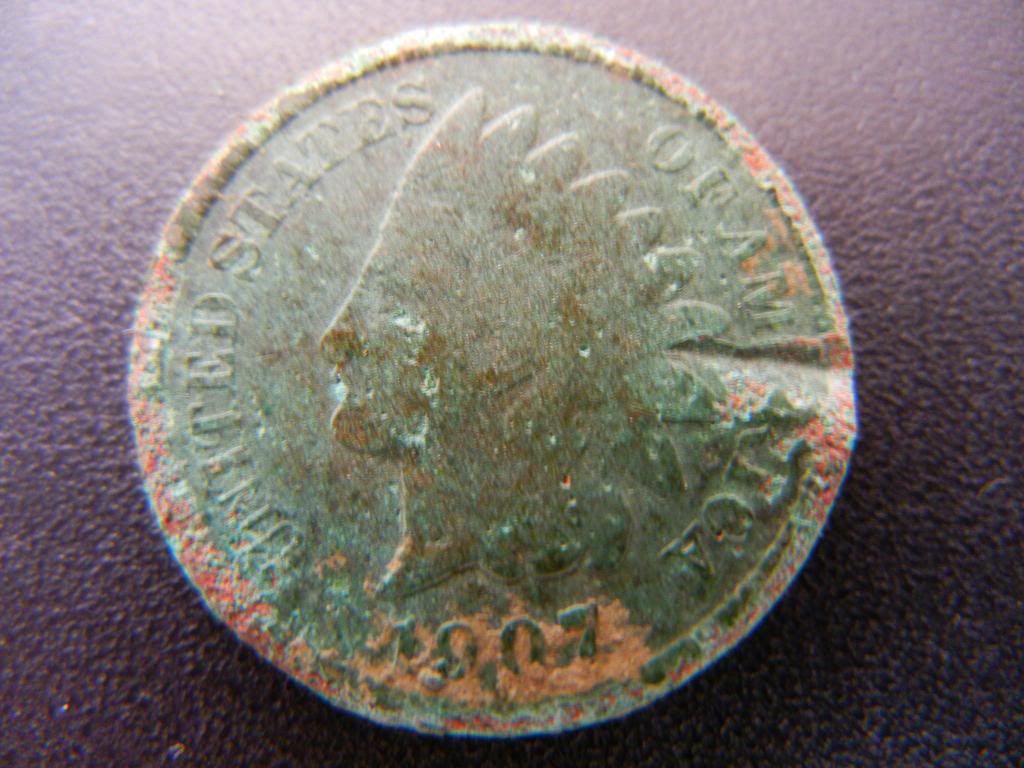



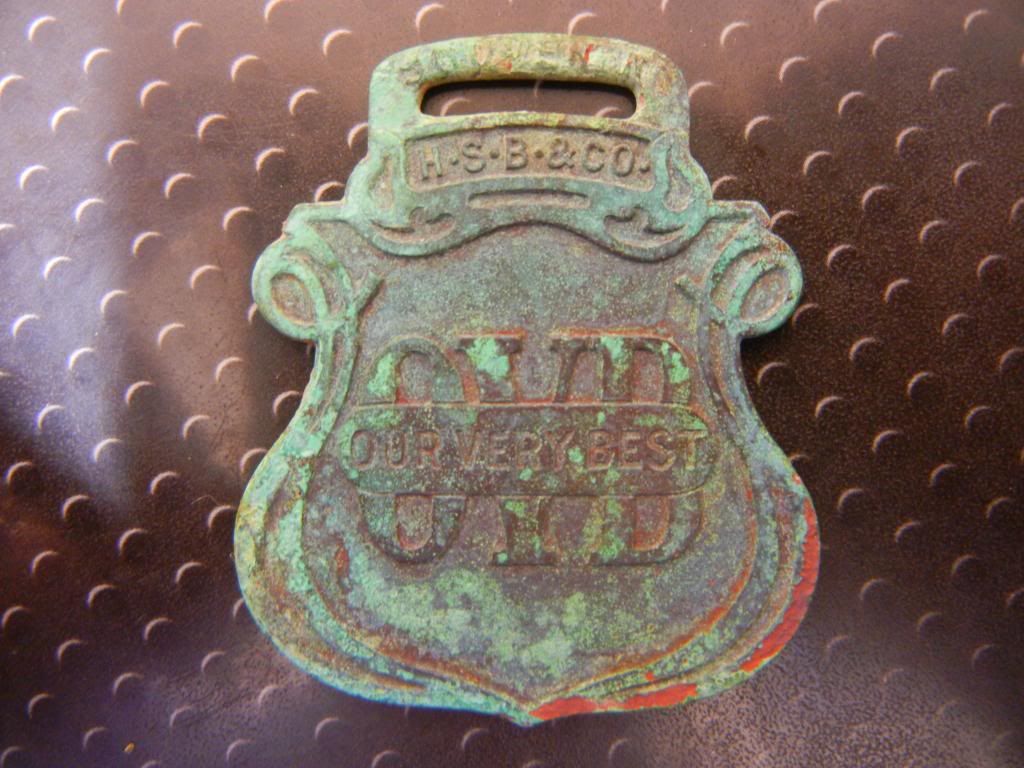
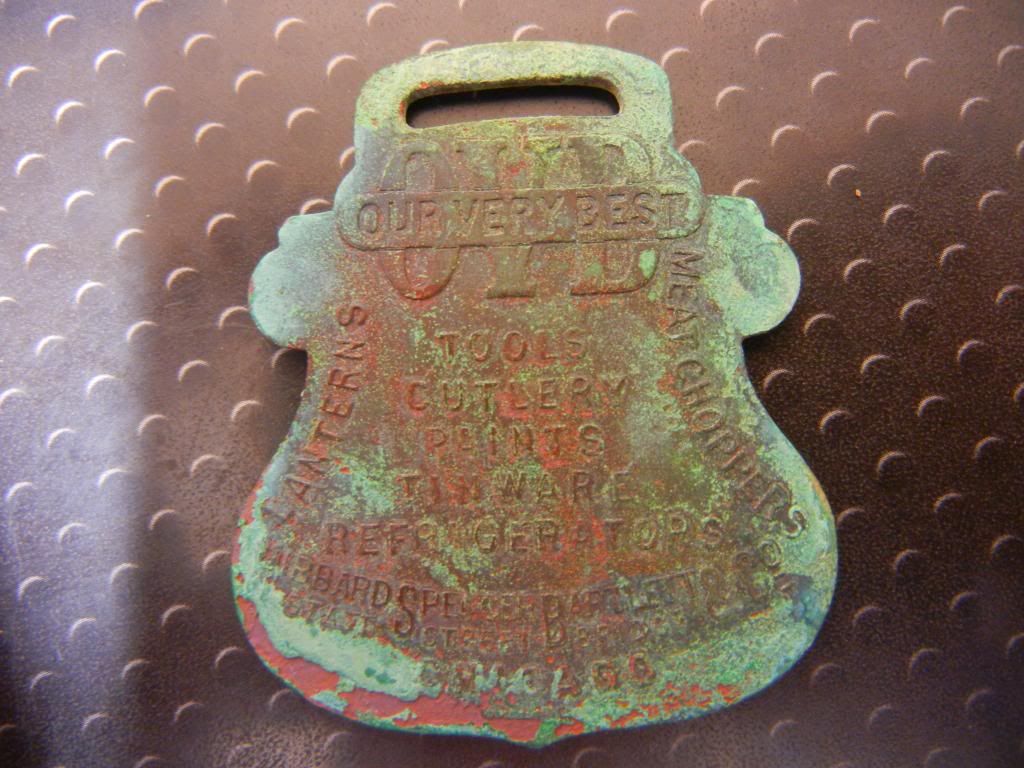

 you are a regular metal vacuum!
you are a regular metal vacuum! 